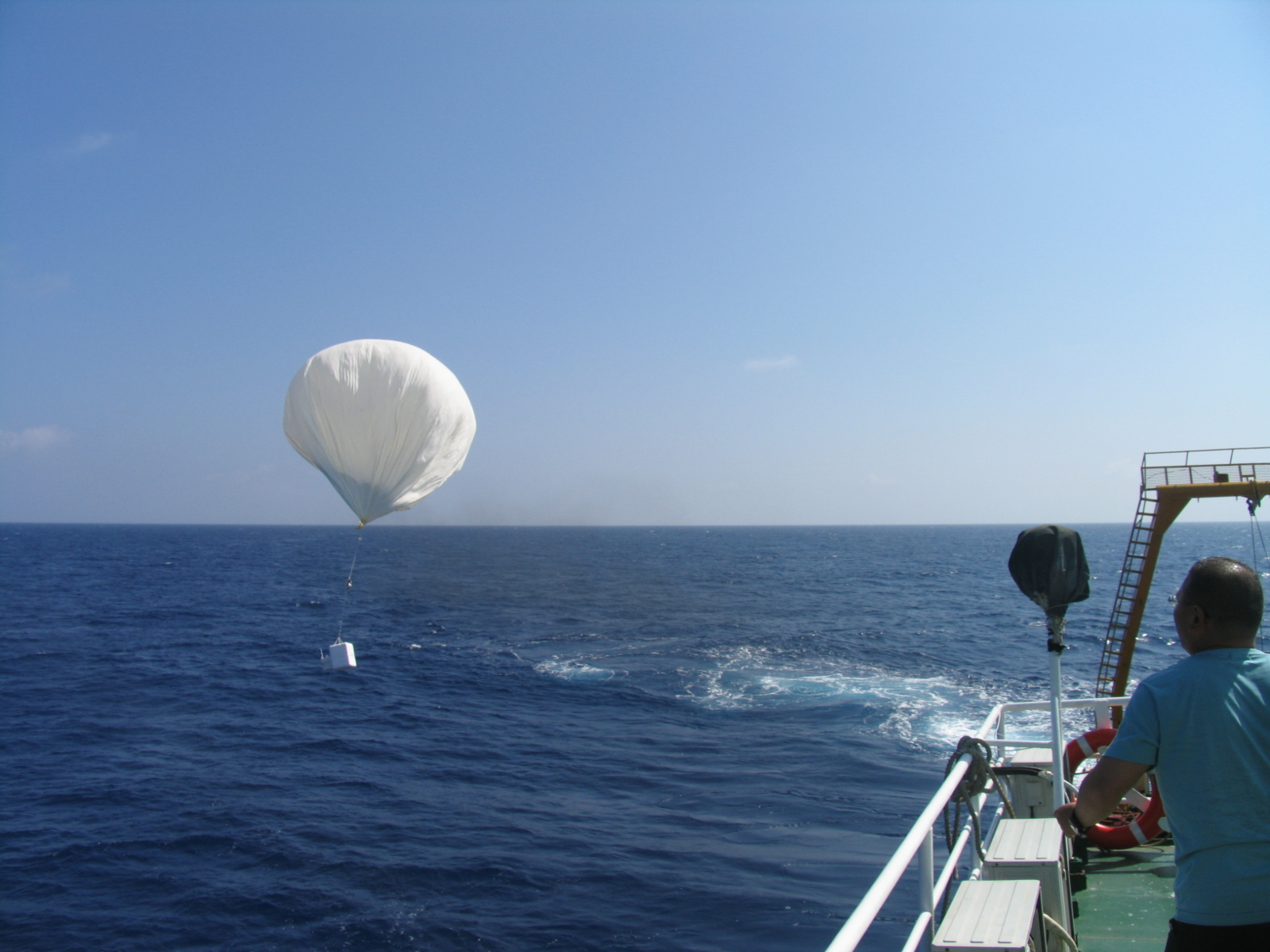
As human activity across the world's oceans expands, scientists are zeroing in on shifts in atmospheric composition—particularly ozone, a key player in marine atmospheric chemistry. In a new study, researchers have completed China's first shipborne ozone-sounding campaign in the South China Sea, yielding high-resolution data that addresses a gap in understanding oceanic ozone dynamics.
Published on August 8 in Advances in Atmospheric Sciences, the study was led by researchers from the Institute of Atmospheric Physics of the Chinese Academy of Sciences (CAS), in collaboration with the Nansha Marine Ecological and Environmental Research Station and CAS's South China Sea Institute of Oceanology. Conducted in May and June 2023, the campaign marks the first time such high-resolution ozone measurements have been collected over China's oceanic regions, offering new insights into how marine and atmospheric processes interact.
Ozone, a major secondary pollutant in the troposphere, is shaped by photochemical reactions, emissions from natural and human sources, and atmospheric transport. Unlike continental air, marine air has distinct physical and chemical properties, with the ocean acting as a critical ozone sink. While China has maintained long-term ozone-sounding programs over land, prior to this study, no such systematic efforts existed for its oceanic areas—especially the ecologically and climatologically vital South China Sea.
This study reveals notable patterns: Summer ozone concentrations in the South China Sea's boundary layer, the lowest part of the atmosphere, are higher than those recorded at typical tropical marine sites. Additionally, the shipborne soundings captured far finer vertical ozone structures than satellite or reanalysis data, which often lack such granularity.
Furthermore, the researchers discovered that typhoon-related deep convection caused a sharp drop in ozone mixing ratios in the upper troposphere (around 13.5 km), while subsidence near the tropopause led to a slight increase in mid-tropospheric ozone levels. These dynamics highlight how regional meteorology directly shapes ozone distribution over the ocean.
"This experiment not only confirms the feasibility of shipborne ozone soundings in marine environments but also provides key observational data for studying ozone distribution over coastal and offshore regions," said Dr. LI Dan, the study's lead author.
The team plans to expand shipborne observations, with the goal of establishing a long-term ozone monitoring network spanning from the ocean surface to the stratosphere. Such a network could enhance understanding of marine-atmospheric interactions and support broader efforts to track climate and air quality trends, the researchers noted.

Ozonesonde is released from the ship. (Image by CAO Jinghe)

86-10-68597521 (day)
86-10-68597289 (night)

52 Sanlihe Rd., Xicheng District,
Beijing, China (100864)

